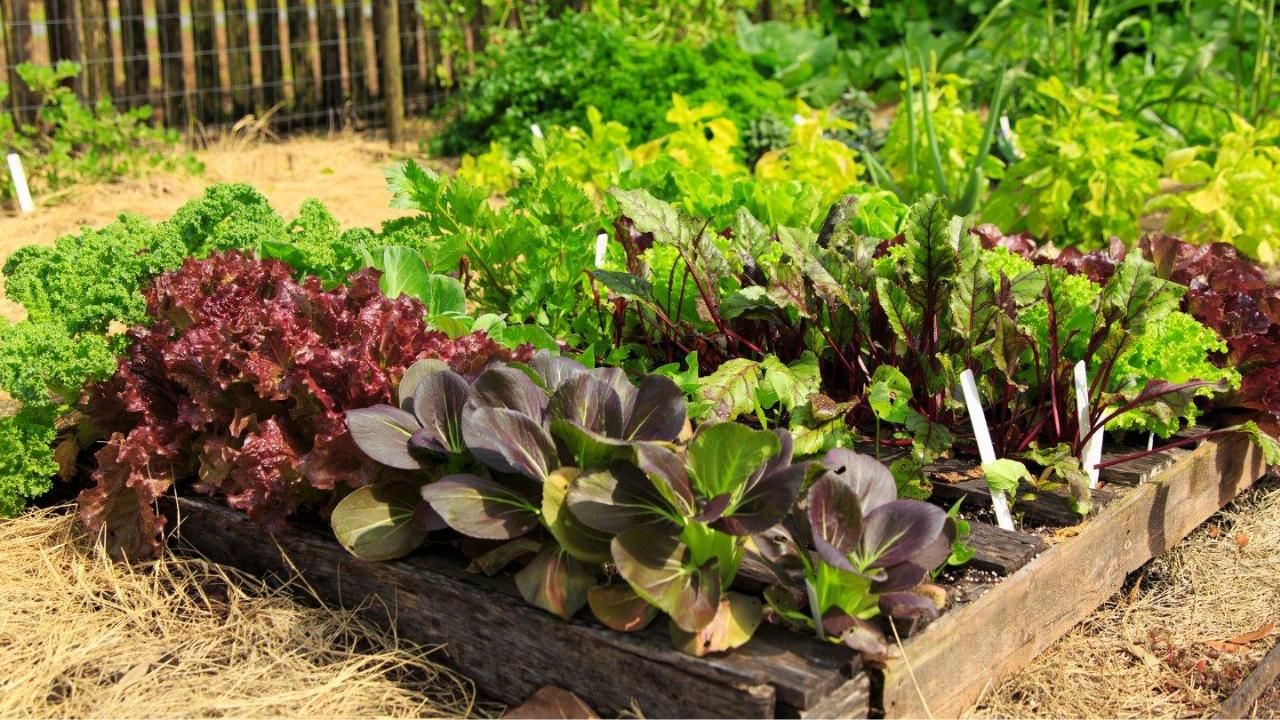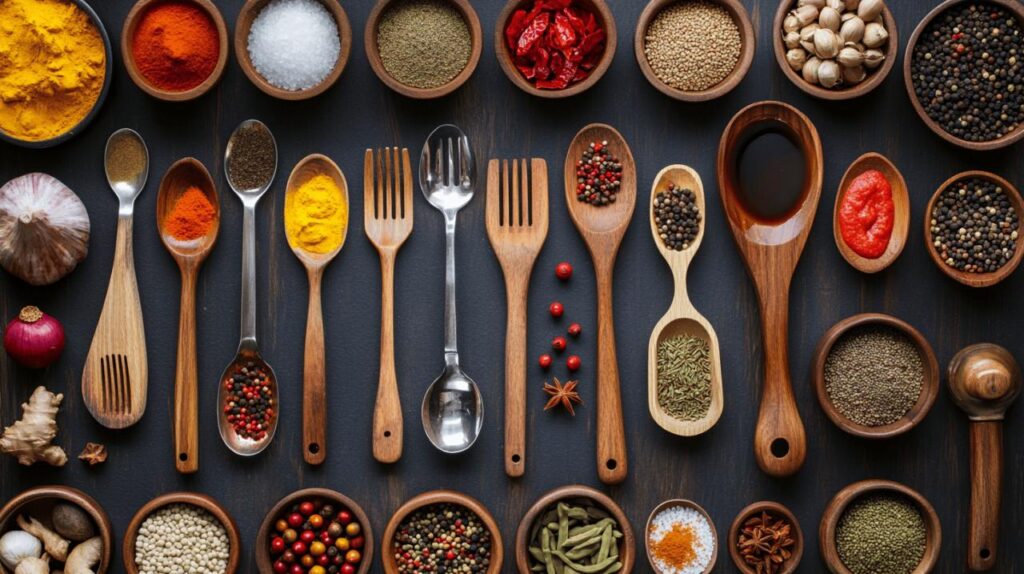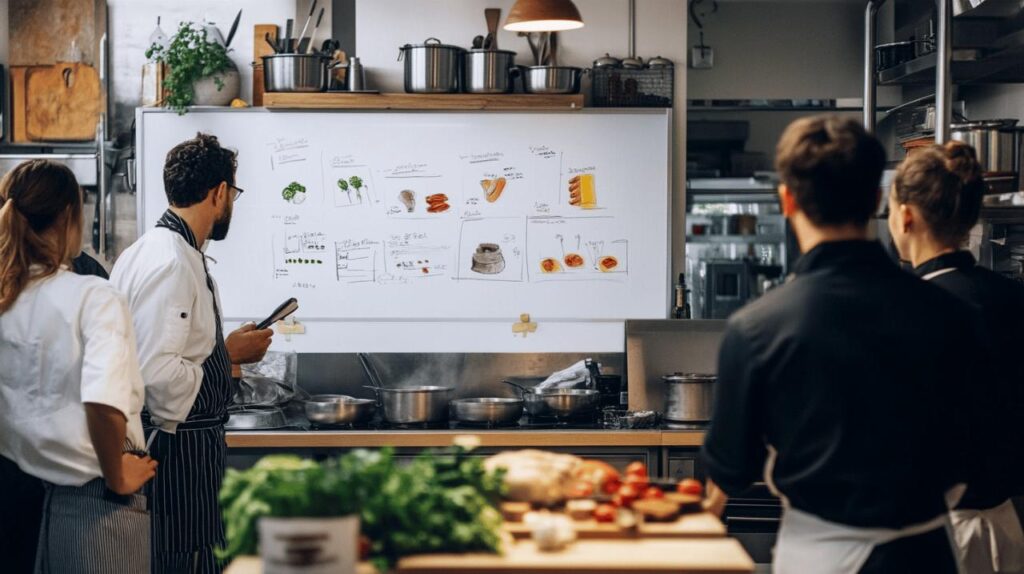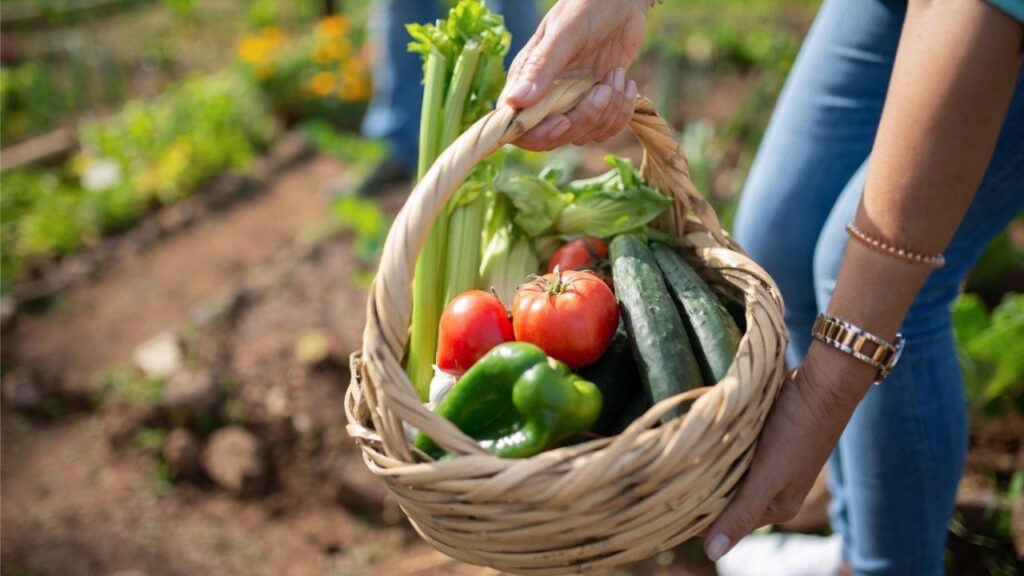Planning Your Year-Round Vegetable Garden
Creating a self-sufficient vegetable garden that produces food throughout the entire year requires thoughtful planning and organization. This approach not only ensures a continuous supply of fresh produce but also promotes sustainable living practices. The experts at casajedo.es recommend starting with a comprehensive planting calendar that accounts for your specific climate and growing conditions to maximize your garden’s potential.
Creating a Planting Calendar for Continuous Harvests
A well-designed planting calendar is the foundation of year-round vegetable gardening. Begin by mapping out your growing season and identifying which crops thrive during different times of the year. Consider staggering plantings of quick-growing crops like lettuce, radishes, and spinach every two to three weeks to ensure continuous harvests. For longer-season crops such as tomatoes and peppers, plan for a main summer harvest but also consider early and late varieties to extend your growing season.
Succession planting is a key strategy for maintaining garden productivity throughout the year. As one crop finishes producing, another should be ready to take its place. For example, after harvesting spring peas, that space can be used for planting summer beans or fall greens. This approach maximizes your garden’s yield and keeps the soil actively growing food rather than sitting idle.
Selecting Varieties for Different Seasons
Choosing appropriate vegetable varieties for each season is crucial for year-round food production. Focus on crops that store well for winter eating such as dry beans, garlic, onions, potatoes, pumpkins, shallots, sweet potatoes, and winter squash. These storage crops form the backbone of self-sufficiency during non-growing months and require minimal processing for preservation.
For spring and fall, focus on cool-weather crops like brassicas, leafy greens, and root vegetables that can tolerate light frosts. Summer months are ideal for heat-loving plants such as tomatoes, peppers, eggplants, and squash. By carefully selecting varieties with different maturation times, you can create a seamless transition between seasonal harvests and avoid gaps in production.
Garden Layout and Space Optimization
The physical arrangement of your vegetable garden significantly impacts its productivity. Rather than traditional row planting, consider growing vegetables in blocks to use space more efficiently. This method allows for more plants per square foot and reduces the area needed for pathways. Keep walking paths to a minimum width to maximize growing space while still allowing for comfortable access to your plants for maintenance and harvesting.

Succession Planting Techniques
Implementing succession planting techniques keeps your garden productive throughout the growing season. This strategy involves planting new crops as soon as others finish producing. For example, early-season crops like spring lettuce can be followed by heat-tolerant summer vegetables, which can then be succeeded by fall crops. This approach ensures that no garden space remains unproductive for long periods.
Another effective technique is companion planting with vegetables that mature at different rates. For instance, fast-growing radishes can be planted alongside slower-developing carrots. The radishes will be harvested before they start competing with the carrots for resources. This method maximizes harvest while making efficient use of limited garden space.
Vertical Gardening and Space-Saving Methods
Vertical gardening is an excellent strategy for small spaces or for maximizing production in any garden. Utilize trellises, cages, stakes, and other supports to grow climbing plants like Malabar spinach, vining peas, pole beans, runner beans, cucumbers, and squash. These plants take advantage of vertical space while leaving ground area available for other crops.
Consider dense planting techniques where seeds are sown closer together than traditionally recommended. As seedlings grow, they can be gradually thinned, with the thinnings often being edible themselves. This approach maximizes early harvests while allowing remaining plants adequate space to mature fully.
For those with limited garden space, containers and straw-bale gardens offer additional growing options. Even shady areas, which might seem unsuitable for vegetable production, can support many leafy greens and some root crops. The key to food self-sufficiency is utilizing every available space efficiently.
Preserving your harvest is as important as growing it for year-round self-sufficiency. Implement various preservation methods such as freezing, pickling, fermenting, and drying to store your garden abundance. For example, zucchini can be preserved as sweet relish, dried for soups, or grated and frozen for baking. Outer cabbage leaves can be blanched and frozen for making cabbage rolls later, while extra herbs can be chopped and added to packets of frozen vegetables to enhance flavor.
Before purchasing groceries, check your stored foods to make the most of your homegrown pantry. The goal is to have an empty freezer and pantry by early summer when fresh harvests begin again. This practice ensures you consume your preserved foods while they retain maximum nutrition and flavor, creating a sustainable cycle of home food production and consumption.





